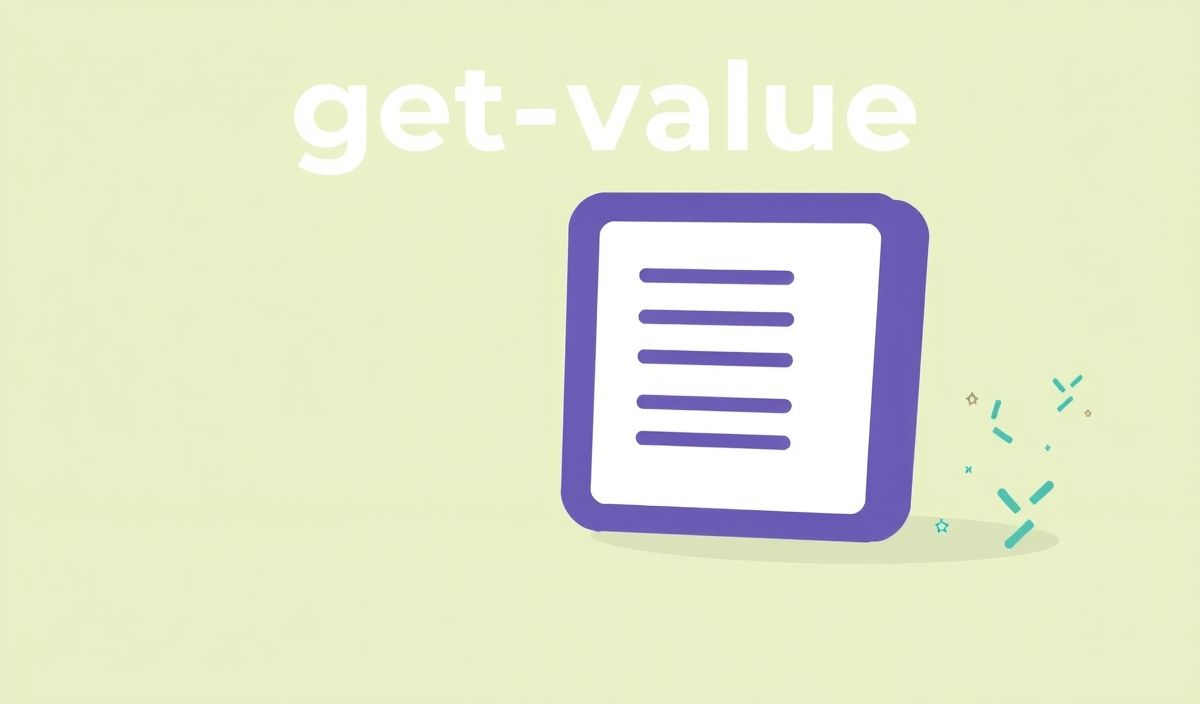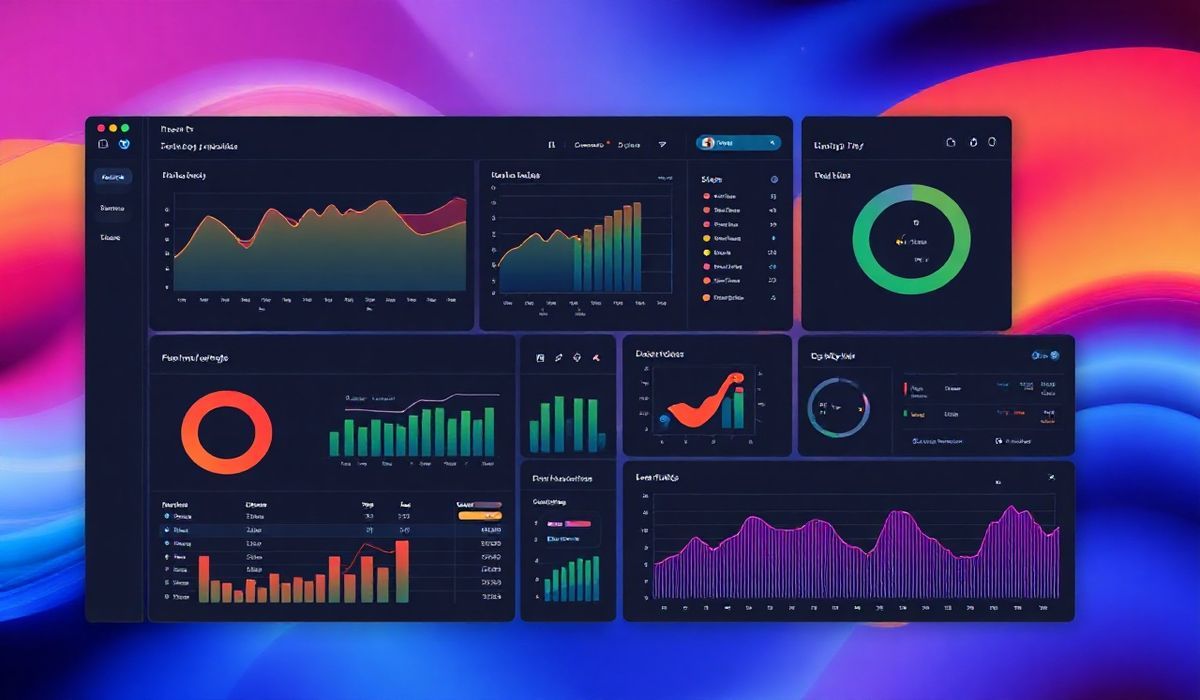Introduction to Console Feed
Console Feed is an indispensable tool for developers, providing a wide range of APIs to enhance and streamline the debugging process in JavaScript applications. This guide introduces Console Feed and demonstrates its use through a variety of API examples with corresponding code snippets.
Getting Started with Console Feed
To begin, you need to install Console Feed into your project:
npm install console-feed
Console Feed API Examples
Basic Usage
Here’s a basic example of how to use Console Feed:
import { Console } from 'console-feed';
const App = () => {
return (
<Console logs={[{ method: 'log', data: ['Hello World'] }]} />
);
};
Handling Different Log Levels
Console Feed supports multiple log levels such as log, error, warn, info, and debug. Here is how you can handle these:
import { Console, Hook, Unhook } from 'console-feed';
const logs = [];
Hook(window.console, log => {
logs.push(log);
}, false);
const App = () => {
return (
<Console logs={logs} />
);
};
// Don't forget to unhook it when you're done
Unhook(window.console);
Filtering Logs
You can filter logs by their method type to display only relevant information:
import { Console } from 'console-feed';
const logs = [
{ method: 'log', data: ['Normal Log'] },
{ method: 'error', data: ['This is an error'] },
];
const App = () => {
return (
<Console logs={logs.filter(log => log.method !== 'log')} />
);
};
App Example with Console Feed
Integrating Console Feed into a React application:
import React, { useState } from 'react';
import { Console, Hook, Unhook } from 'console-feed';
const ConsoleApp = () => {
const [logs, setLogs] = useState([]);
//capture console logs
Hook(window.console, log => setLogs(currLogs => [...currLogs, log]), false);
const handleLog = () => {
console.log('Test Log');
};
const handleError = () => {
console.error('Test Error');
};
return (
<div>
<button onClick={handleLog}>Add Log</button>
<button onClick={handleError}>Add Error</button>
<Console logs={logs} />
</div>
);
};
export default ConsoleApp;
Conclusion
Console Feed is a powerful tool that simplifies the handling of console messages in your JavaScript applications, whether you’re developing a complex app or performing routine debugging. By leveraging its diverse API, you can improve your workflow and enhance your debugging capabilities.
Hash: 7452b24c5adb9a4328b4c14754286141884c360e84d249b5a1d76a183dc246c4




